Myanmar has been in the news for all the wrong reasons this year, so let’s round off 2017 with a look at Myanmar’s book scene.
Today’s Myanmar Times (never let it be said TNPS brings you old news!)(of course, time zones help) tells of English teacher Peter Evans, planning on opening his third bookstore in Myanmar, dedicated to selling English-language books.
Of course, it helps that Evans teaches at the prestigious International Language and Business Center (it seems they prefer American-English spellings in Myanmar) so has a captive audience of students wanting to read in English. But the audience extends beyond just his students.
As a teacher in Myanmar for eighteen years Evans was acutely aware that English-language books – especially those of likely interest to his students – were in short supply and ridiculously expensive, so he set about solving the problem directly, by opening an English-language bookstore.
That was in July 2014, and a year later he had demonstrated enough demand to warrant a second store.
Of course, sourcing English-language books in Myanmar is not easy, and again Evans opted for the direct approach. Twice a year he flies back to the UK and buys stock to ship back to Myanmar.
Between them the two shops stock some 5,000 titles.
Evans keeps a close eye on reading trends, and while to some extent trends will be dictated by supply, as reading confidence grows and awareness of the stores spreads so the diversity of books bought grows. Explains Evans,
Originally three years ago, most people bought vampire and love stories. Now they are reading all sorts of different things: non-fiction, philosophy, etc …”
Even allowing that many expats are settling in Myanmar, Evans estimates that
90 percent of my customers are Myanmar,
with YA and children’s books popular as parents look to the future for their children. His main audience is 16-25 year-old students and parents buying books for their youngsters.
The Myanmar Times reports,
The most popular books among teenagers are books with a twist of magic by JK Rowling, Roald Dahl and Michael Morpurgo. Young adults enjoy contemporary novels by John Green, Jojo Moyes, Cecelia Ahern and Rainbow Rowell. Older readers choose scientist Richard Dawkins, horror master Stephen King and non-fiction writer Haruki Murakami.
One take-away from the Myanmar Times report stood out. Quoting Evans,
People are…interested in books that have been made into movies… When the movies come out, they ask for the book.
Not that this will surprise anyone, but consider the implications for publishers worldwide as video streaming continues its ascendancy.
Time was, very few people globally got to go to the cinema. But now anyone with a smartphone and the means to pay can download the latest films. Sadly the global ebook infrastructure has still to catch up (none of the Big 5 ebook retailers have Myanmar on their radar) but video streaming is opening up vast new markets for books, as publishers are slowly beginning to realise.
So maybe Myanmar’s regular bookstores need to offer more books of films. As the Myanmar Times observes,
While Myanmar bookstore owners groan about decline in readership, Peter opens more shops. The third will be in Mandalay.
Nice to see the Myanmar Times on first name terms with Evans. But Evans isn’t the only one seeing potential in Myanmar.
Last year Japan’s Kinokuniya opened a store at Yangon airport. The first in Myanmar, but given Konokuniya’s success in Thailand and Singapore (SE Asia’s largest bookstore is Books Konokuniya in Singapore’s Ngee Ann mall) it may not be the last.
Earlier this year Myanmar’s first book market opened in Yangon, courtesy of author and publisher U San Mon Aung.
In fact Myanmar has a vibrant books culture, even if we in the west rarely get to glimpse it.
But as the Myanmar Publisher’s Association noted in an interview for Publishing Perspectives a year ago this month, Myanmar’s
infrastructure (is) in bad shape, logistics aren’t any better, and therefore distribution is a huge issue. We have only about 25 independent bookshops in Yangon (a city of six million), fewer in our second city, Mandalay. And in the other 339 cities there’s no way to buy books, other than textbooks … In Yangon, we’re dealing with rent rates that are increasing by the day so we can’t keep up. Book prices are so low–often between 3,000 and 5,000 kyats (US$ 2.25 to 3.75). And even these prices are high for people, compared to their income.
Which brings us neatly to conclusion time, and regulars will know what I’m going to say.
Instead of fighting the same analogue-digital battles that publishers in the rich west have been engaged in this past decade, publishers in the nascent markets have little to lose and everything to gain by embracing digital fully.
Myanmar is a country of 56 million people, of which about a quarter are internet users. That’s around fourteen million people that will almost all be accessing the net by smartphone, and many of whom would read ebooks or online literature were it an option.
And that current 25% (28% by some estimates) penetration will grow rapidly. The 2017 internet user numbers are by some estimates a 97% increase on 2016.
(For those wondering, Myanmar numbers are harder to pin down than in most countries. Check out my favourite bedside reading Internet In Myanmar for more on this debate.)
Whatever the exact numbers, it should be clear that
a) Myanmar is a promising prospect for authors and publishers, and
b) the digital infrastructure could carry that engagement forward.
That momentum is unlikely to come from the Big 5 western retailers (Google Play the only likely contender), but it will surely come.

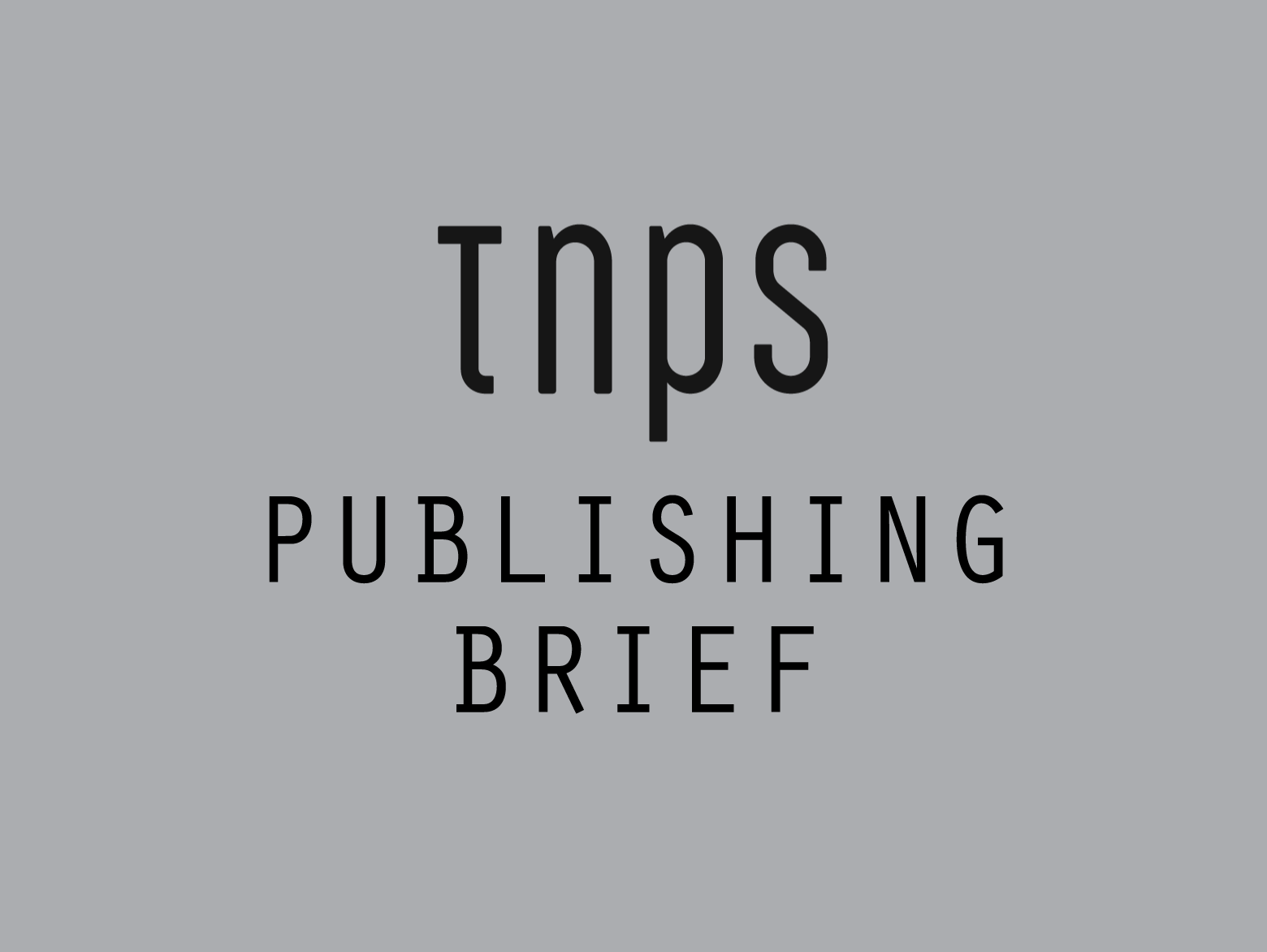
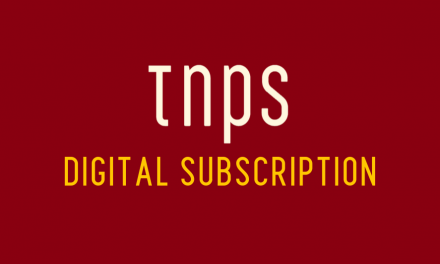
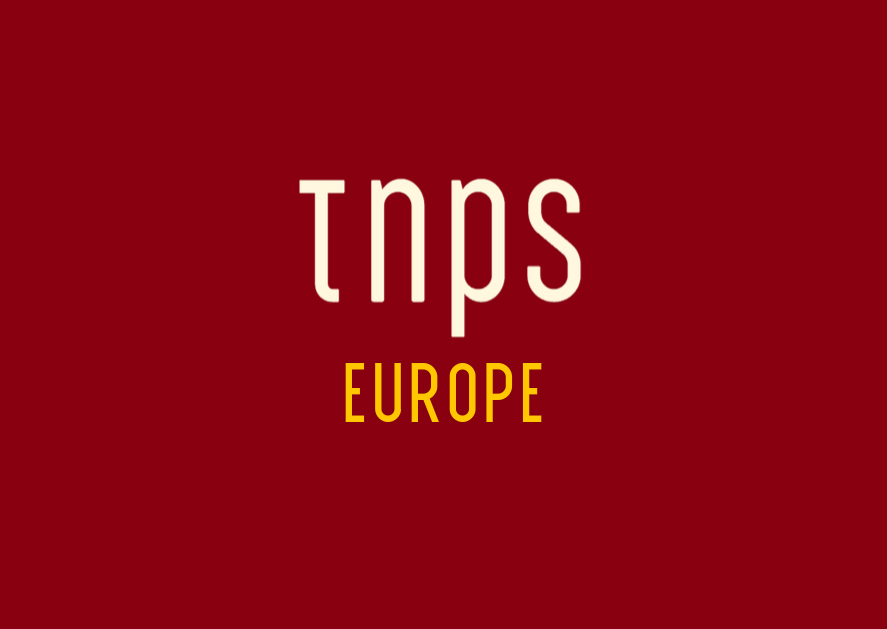
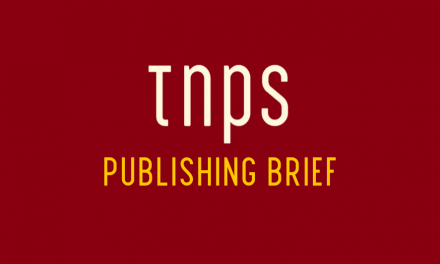
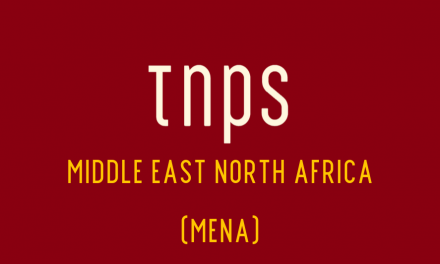
Interested in elementary Burmese to English and English to Burmese books.